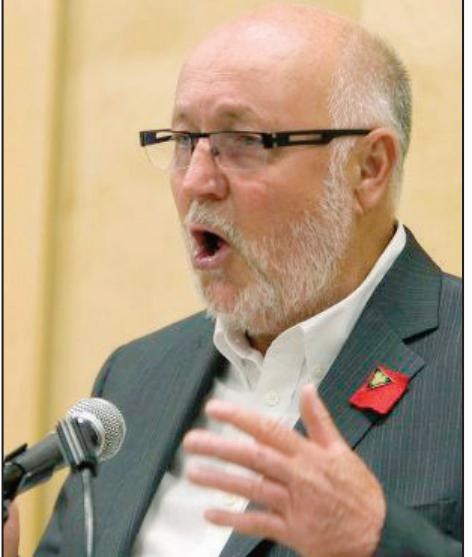The union that will soon become the largest in Canada's private sector will seek to double its size by organizing new workplaces and opening up its ranks to non-traditional members - including those who aren't working.
The Communications, Energy and Paperworkers Union of Canada voted Monday to approve a merger with the Canadian Auto Workers, which gave its OK to the plan in August.
The new union, which has yet to settle on a name, will initially have more than 300,000 members across about 20 sectors of the economy, but CEP president Dave Coles said he doesn't anticipate it remaining that size very long.
"Doubling that in a very short period of time is not unreasonable and it gives different voices to the debate and to the argument," he said at a news conference in Quebec City.
The new union plans to devote 10 per cent of its revenues to organize workplaces and add new members. It will also create a mechanism that will allow students, retirees, the unemployed and others to join.
"We are proposing that you create a union that's not just limited to people that are employed, that have certifications with employers under the law," Coles said. "We want to have everyone in society have the right for a collective voice."
Details, including membership fees, will be worked out over the coming months by one of six committees that will toil ahead of a founding convention that will be held at the earliest next summer.
Union leaders said the new entity will try to capture the spirit of the Occupy movement and student protests that gripped Quebec last summer.
"What our job is, is to represent 99 per cent of the people that have been swallowed up by this economic system," Coles added.
A decision about whether the union will align itself politically with the NDP will be made at the founding convention, but Coles said it will be very politically active.
Secretary-treasurer Gae-tan Menard later in an interview talked about the effectiveness of civil disobedience and that the new union could block economic activity in the country.
Delegates to both union conferences expressed their frustration with Ottawa interfering in recent labour disputes at Canada Post and Air Canada. They also said Monday efforts need to be made to stop companies such as Caterpillar which closed its Electro-Motive plant in London, Ont., when workers rejected cutting wages in half.
CAW president Ken Lewenza said the new union will become the strong progressive voice in the country that can build a different country filled with hope for the 99 per cent instead of the wealthiest.
"To the Canadian population outside of the labour movement, we are the vision for a better Canada, we are a vision that is going to be inclusive, we are a vision that's going to make space quite frankly for those that have no voice."
The consolidation follows years of manufacturing and forestry job losses that have reduced the number of union members to 30 per cent of the Canadian workforce. Most of the membership would be concentrated in manufacturing, communications and transportation, but the merged union will also represent some public sector employees working in health, education and transit roles.
Queen's University labour expert Pradeep Kumar said the creation of a large private sector union will attempt to stop the slide in union membership in Canada and be a stronger political force that will cause Ottawa and provincial governments to take notice.



